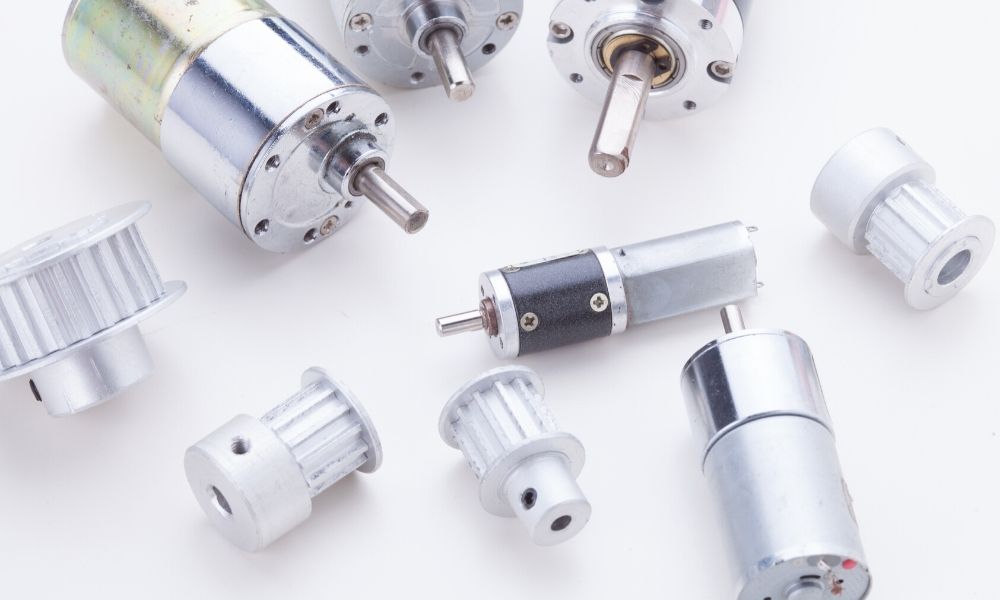
The Difference Between AC and DC Motors
Many individuals confuse AC and DC motors because they’re similar in functionality; however, they get their power from different sources. When it comes to fixing your electric motors or purchasing replacements, you should know the difference between AC and DC motors. Keep reading to learn more.
AC Motors
The abbreviation AC stands for alternating current. While there are several components to AC motors, the primary components are the stator and the rotator. The stator is the stationary piece of the motor while the rotator, well, rotates. The rotator utilizes electromagnetism to drive the motor.
There are two types of AC motors: synchronous and induction. In general, the rotation of a synchronous motor is directly related to the electrical current supply. Alternatively, induction motors operate on specialized voltages and rely on electromagnetic currents to operate smoothly. The speed of the rotor on an induction motor is always less than its synchronous speed.
Common applications for AC motors include:
- Home appliances
- AC compressors
- Agriculture equipment
- Industrial pumps, drilling devices, and more
DC Motors
On the other hand, DC stands for direct current. The main difference between DC motors and AC motors is the power source. DC motors use energy from a separate power source––often a battery or other power source, such as a DC drive. These motors are more complex in terms of their components and are primarily comprised of an armature, field frame, and brushes. All these work together to conduct electromagnetism.
Like AC motors, DC motors also have two types: brushed and brushless (or nonbrushed). A brushed DC motor isn’t as common in the household anymore, but they were one of the first available motors. The main component of a brushed motor was––you guessed it—brushes. These brushes allow the current to pass through the armature to assist in controlling the speed and direction of the motors. Alternatively, brushless motors are becoming more common as technology improves. In a brushless DC motor, the permanent magnets are put on the rotor and the electromagnets are moved to the stator.
Common applications for DC motors include:
- Extruder application
- Manufacturing equipment, such as papermills
- Industrial and construction equipment
Overall, AC induction motors have become popular in several industries because of their versatility. However, that doesn’t mean DC motors aren’t useful. You need to identify which motor you have and talk with experts to decide which motor would best fit your needs. This introduction to the differences between AC and DC motors should help you get on the right track before repairing or replacing your current motors.
At Moley Magnetics, we value high-quality products and expertise. Our company began in the garage as a motor repair shop, and we haven’t lost sight of our roots. If your motors need some help, our family will be happy to help your motors get back up and running. Contact us today for more information.

